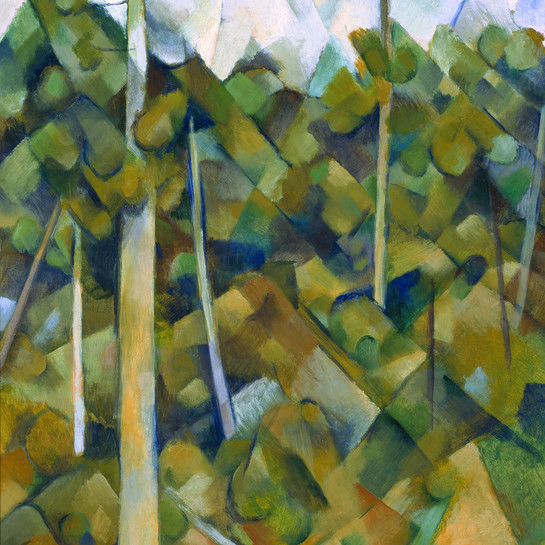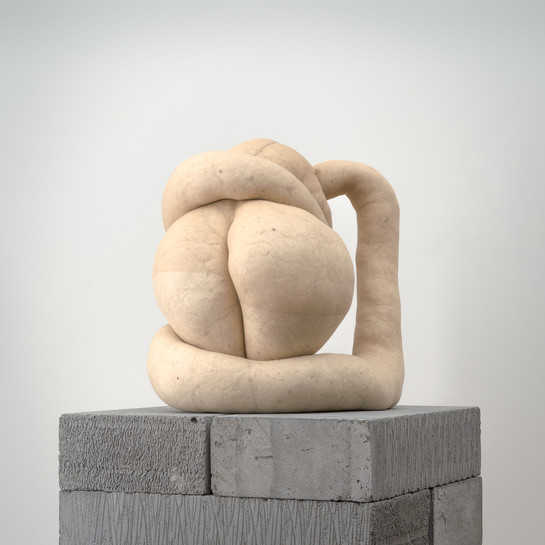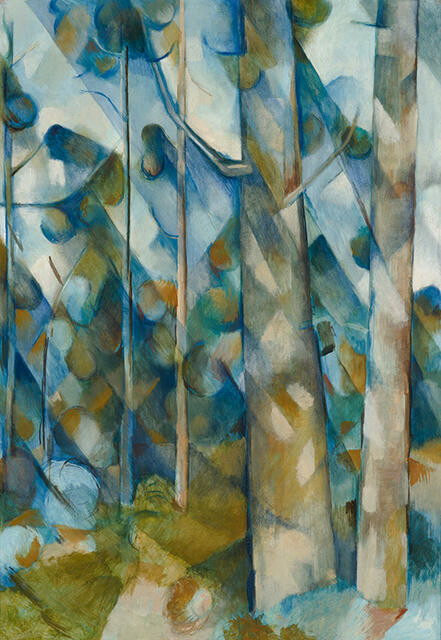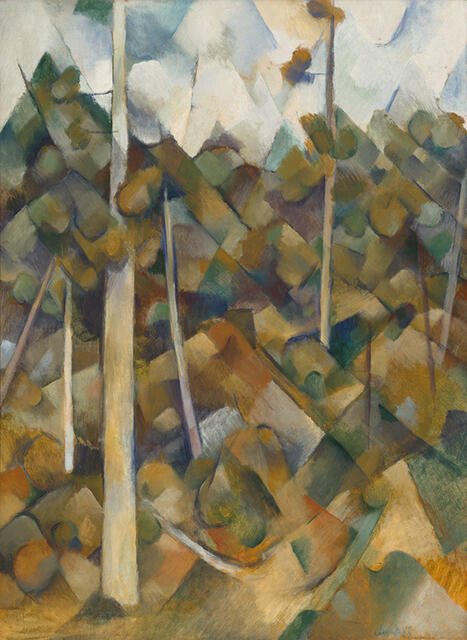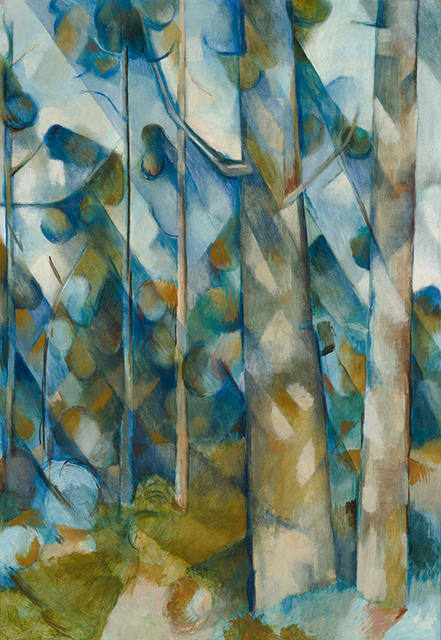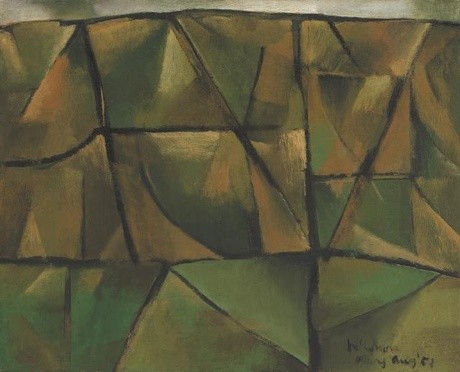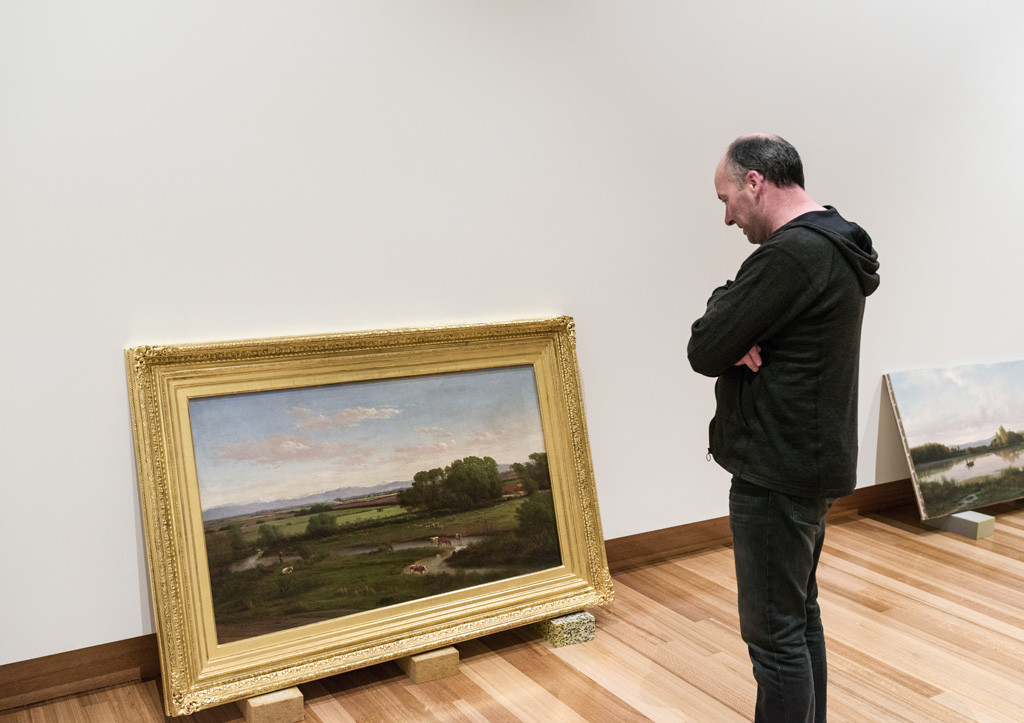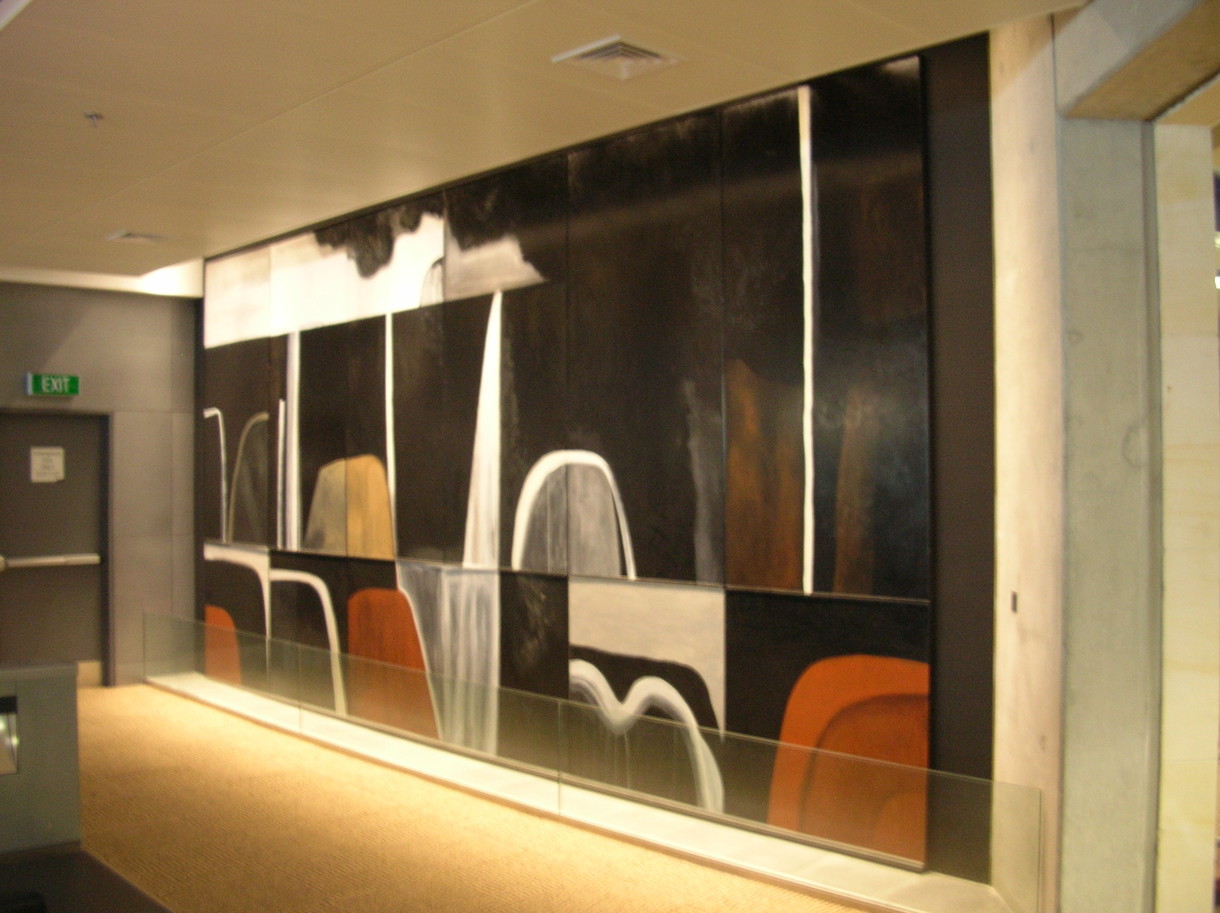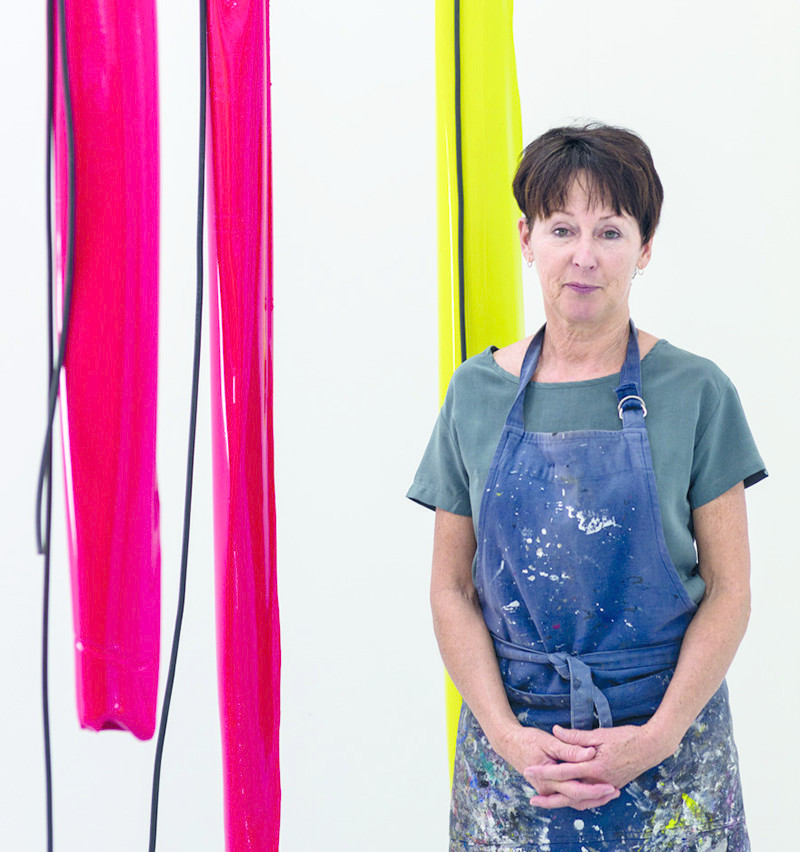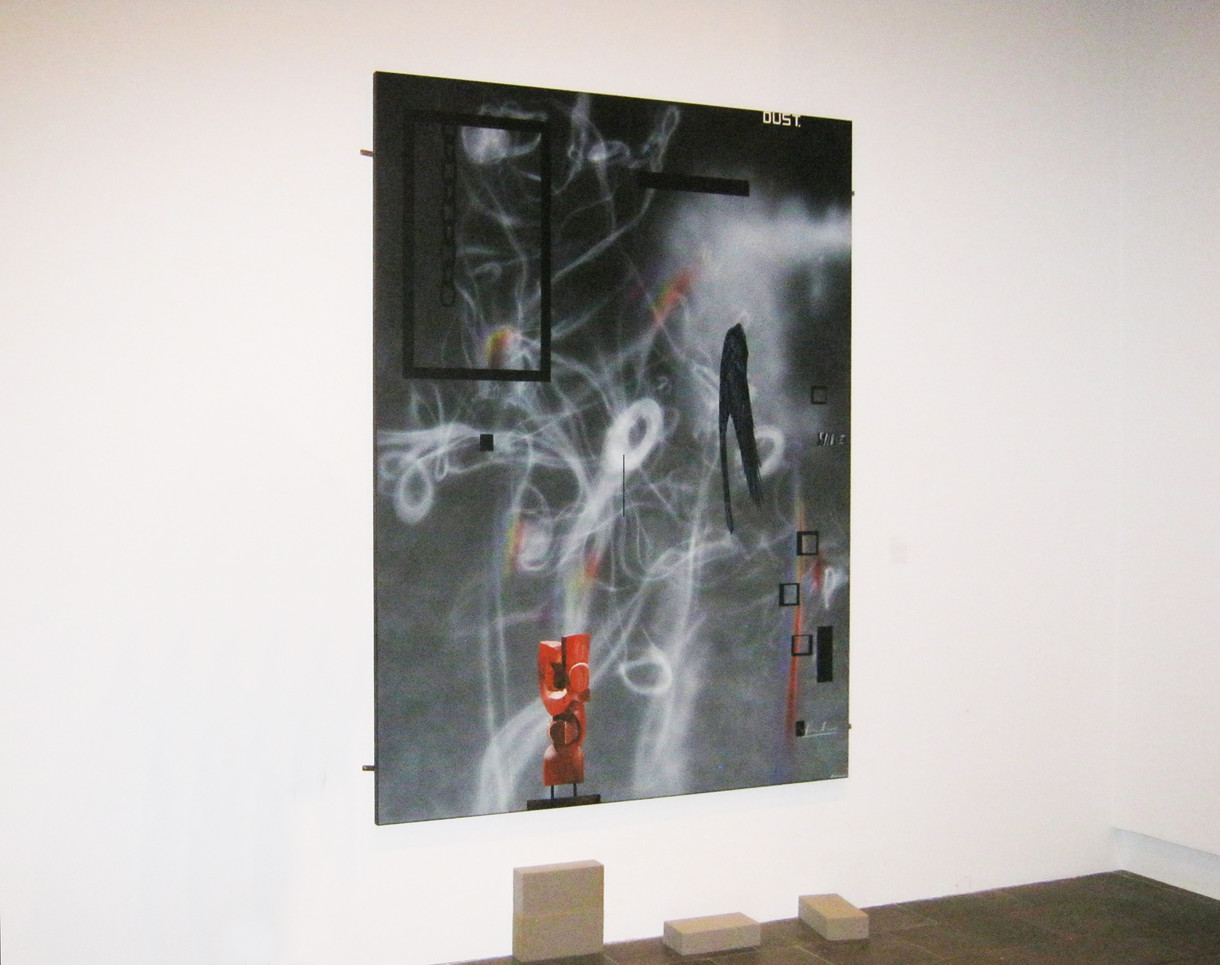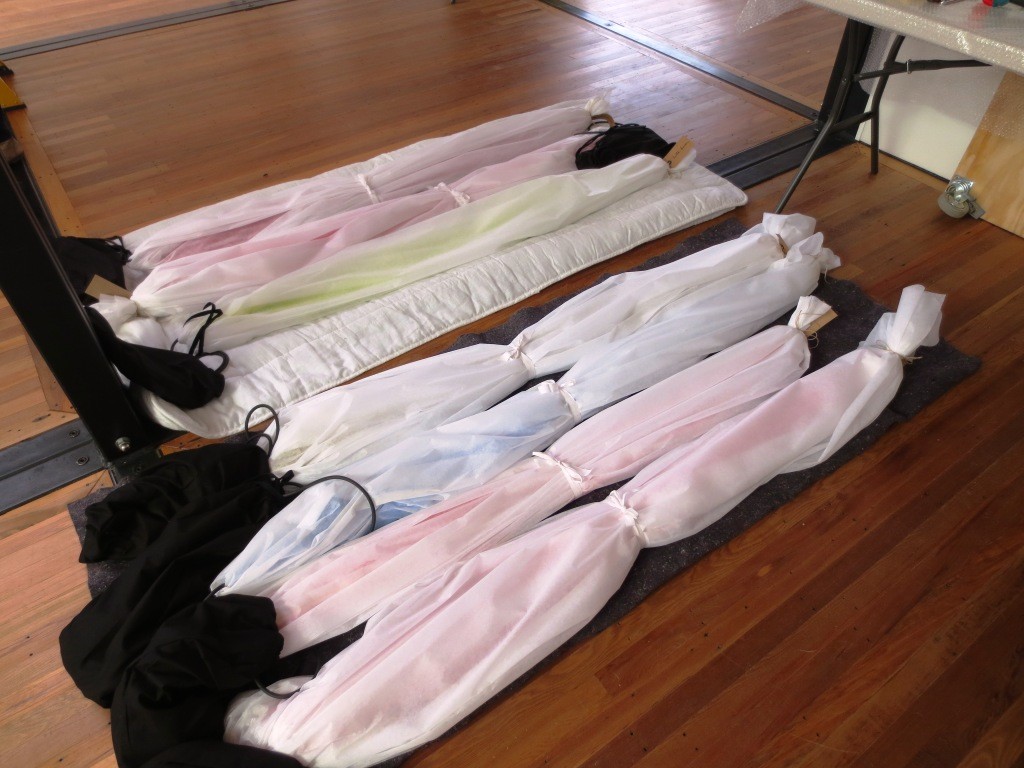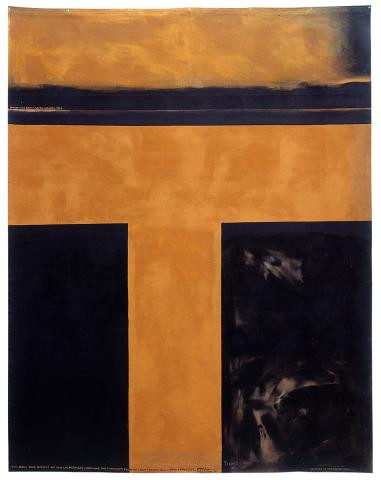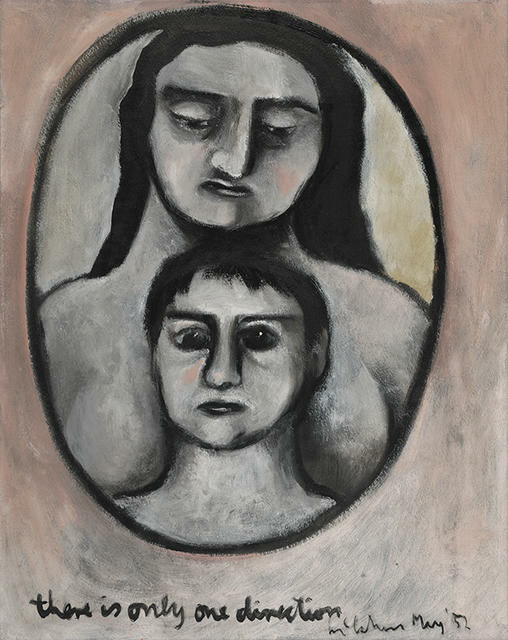Colin McCahon
Aotearoa New Zealand, b.1919, d.1987
Kauri tree landscape
- 1955
- Oil on paper on board
- Partial gift from the Estate of Jean Norrie, 2014
- Reproduced courtesy of Colin McCahon Research and Publication Trust
- 852 x 620mm
- 2014/011
Tags: abstraction, blue (color), landscapes (representations), natural landscapes, trees
In 1958 poet and arts patron Charles Brasch, a great supporter of McCahon, said of the Titirangi works: 'These Auckland paintings seem an entirely new departure. The colour and light of Auckland are different from those of the rest of New Zealand; they are more atmospheric, they seem to have an independent, airy existence of their own, and they break up the uniform mass of solid bodies, hills or forests or water, into a kind of brilliant prismatic dance. Some of the paintings are explorations, evocations, of the kauri forest of the Waitakeres. In some you seem to be inside the forest, discovering the structure of individual trees, with their great shaft trunks, their balloon-like cones, and the shafts of light that play among them. In others you look at the forest from outside, as it rises like a wall before you, built up of cylinders and cubes of lighter and darker colour, with its wild jagged outlines against the sky.'
(From the Sun Deck: McCahon’s Titirangi, 17 September 2016 – 6 February 2017)
